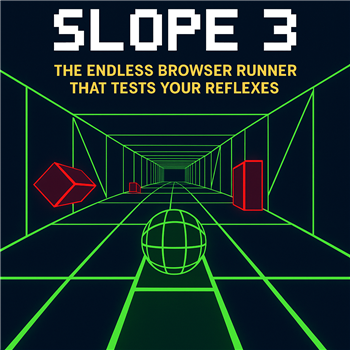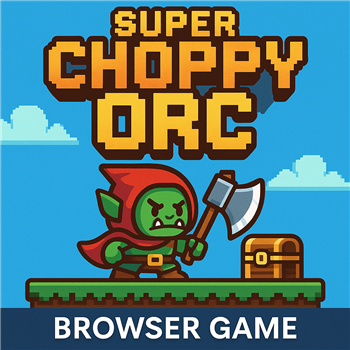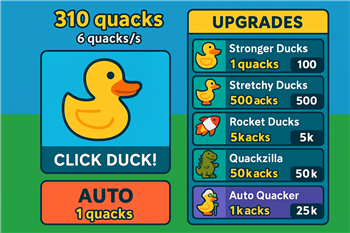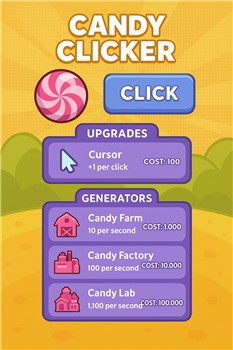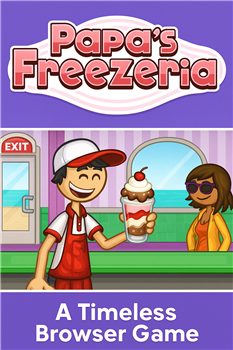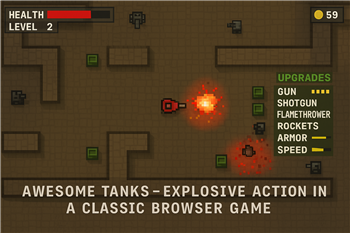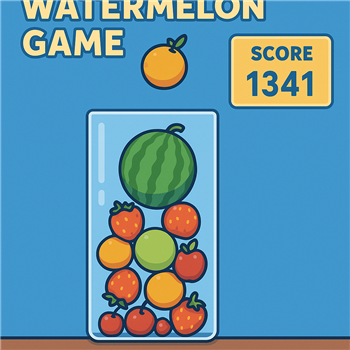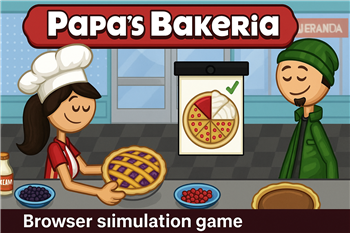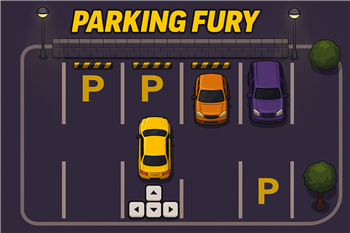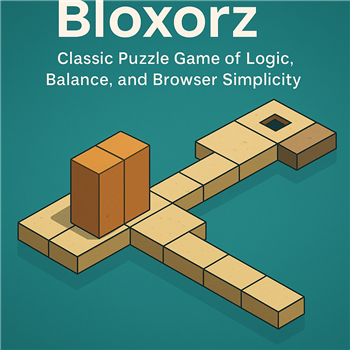The Evolution of Tiny Fishing: From Classic Clicker to Entity-Rich Ecosystem
Tiny Fishing began as a minimalist browser game with a simple loop: drop a line, catch fish, upgrade your depth. But by 2025, it has grown into a fully-fledged ecosystem—complete with named fish species, deep upgrade systems, modding communities, and interconnected content built on entity-based design. Here’s how it evolved into a web game phenomenon.
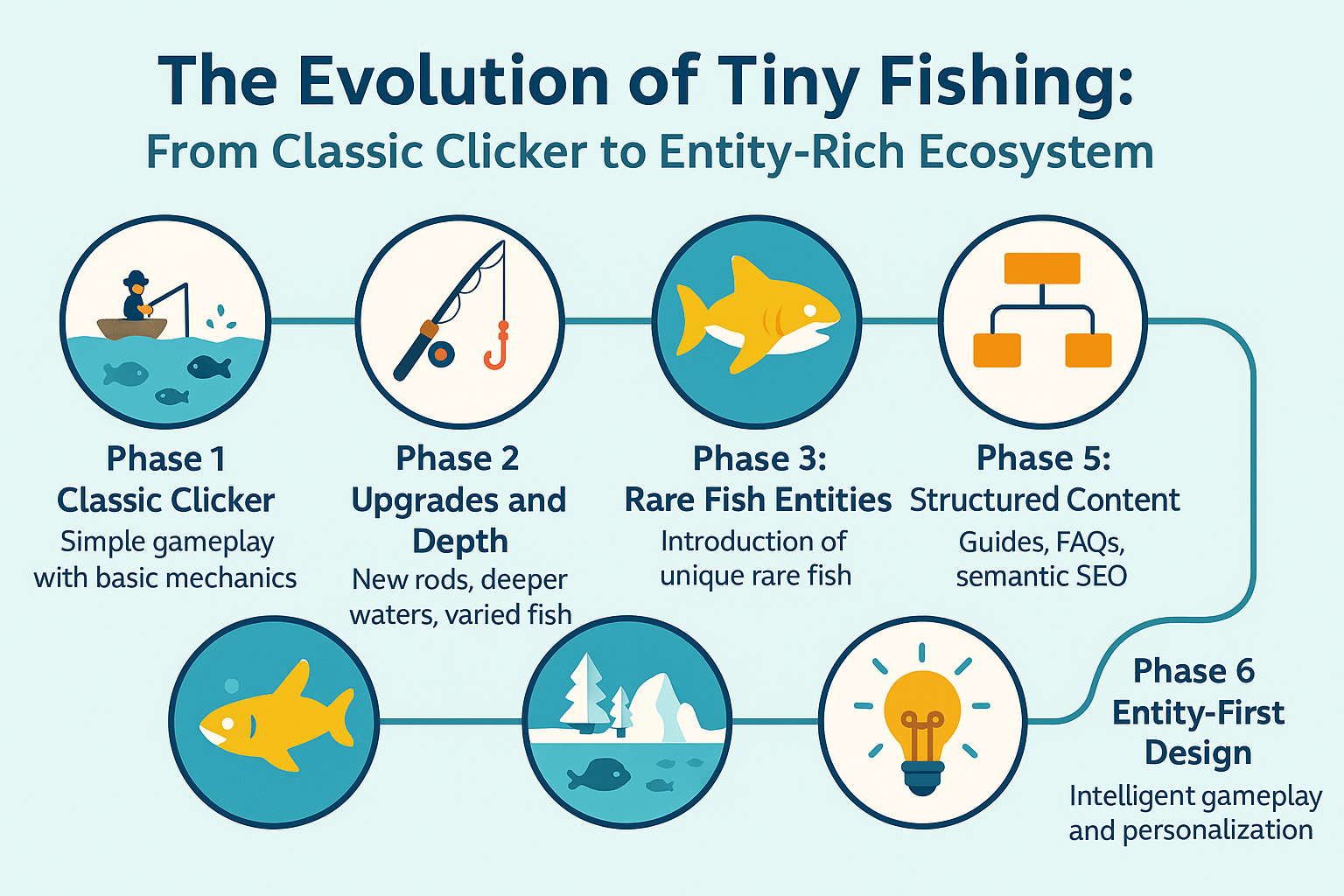
🔹 Phase 1: The Classic Clicker Era
The original Tiny Fishing game offered pure simplicity. There were no rare fish, no deep progression, no leaderboard—just basic clicker mechanics: cast the hook, grab whatever bites, and upgrade for longer reach. It gained traction for being lightweight and endlessly replayable.
🔹 Phase 2: Deeper Waters and Upgrades
Next came progressive upgrades: tiered rods, magnetic hooks, and deeper ocean zones. With every improvement, new fish types appeared—some with unique appearances and coin values. This phase introduced players to the thrill of progression and rarity.
🔹 Phase 3: The Age of Rare Entities
The addition of iconic species like the Golden Shark and Neon Jellyfish transformed gameplay. These weren’t just fish—they were entities with lore, search volume, tier lists, and community buzz. Players began hunting them, optimizing catch depth, and even debating which was the most valuable.
🔹 Phase 4: Mods and Community Creativity
Inspired players built custom mods: from boss fish battles to snowy Arctic levels and personal aquariums. The modding scene breathed fresh life into the game, expanding its universe beyond the original mechanics.
🔹 Phase 5: Structured Content and SEO Integration
TheTinyFishing.com began producing structured guides and entity-based articles—like the Rare Fish Tier List or Rod Comparison Guide. These weren’t just for players—they were designed for search engines too. Through schema markup and semantic clustering, the game carved out its place in the broader semantic web.
🔹 Phase 6: The Future – A Knowledge-Based Game Design
Tiny Fishing is no longer just a clicker. It’s evolving into an entity-first game: featuring in-game data layers, personal tracking, AI-driven fishing suggestions, and perhaps even NFT-linked collectibles. Future updates will blur the line between game, database, and digital knowledge hub.
🌐 Explore More About Tiny Fishing:
🧠 FAQ: Tiny Fishing Evolution
🕓 When was Tiny Fishing first released?
The core concept was launched in the early 2020s as a browser-based fishing clicker game.
🔎 What makes the modern version entity-based?
Each rare fish is treated as a named digital entity with traits, appearances, and structured data—allowing deeper gameplay and better discoverability online.
🚀 Will the game continue to evolve?
Yes! With mods, fan guides, and SEO-focused content, Tiny Fishing is being shaped by both developers and the player community into something bigger than a game—it’s a dynamic ecosystem.
